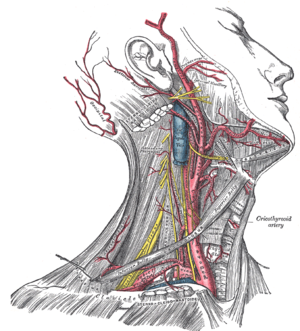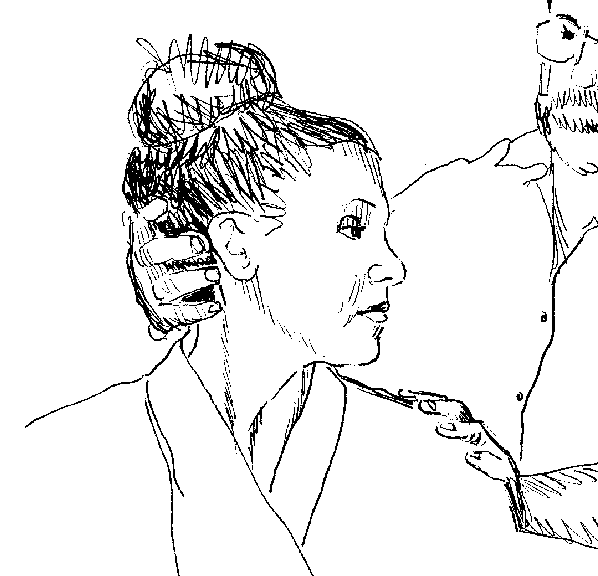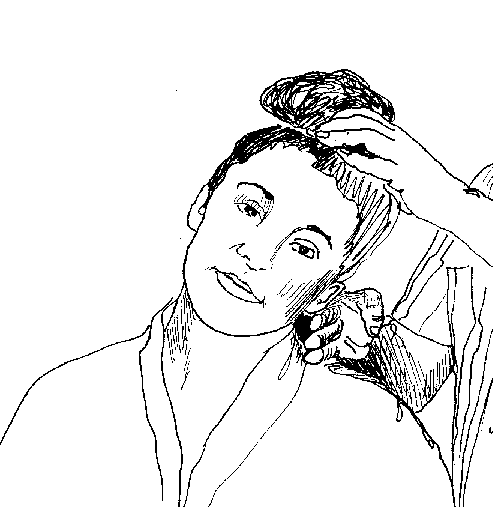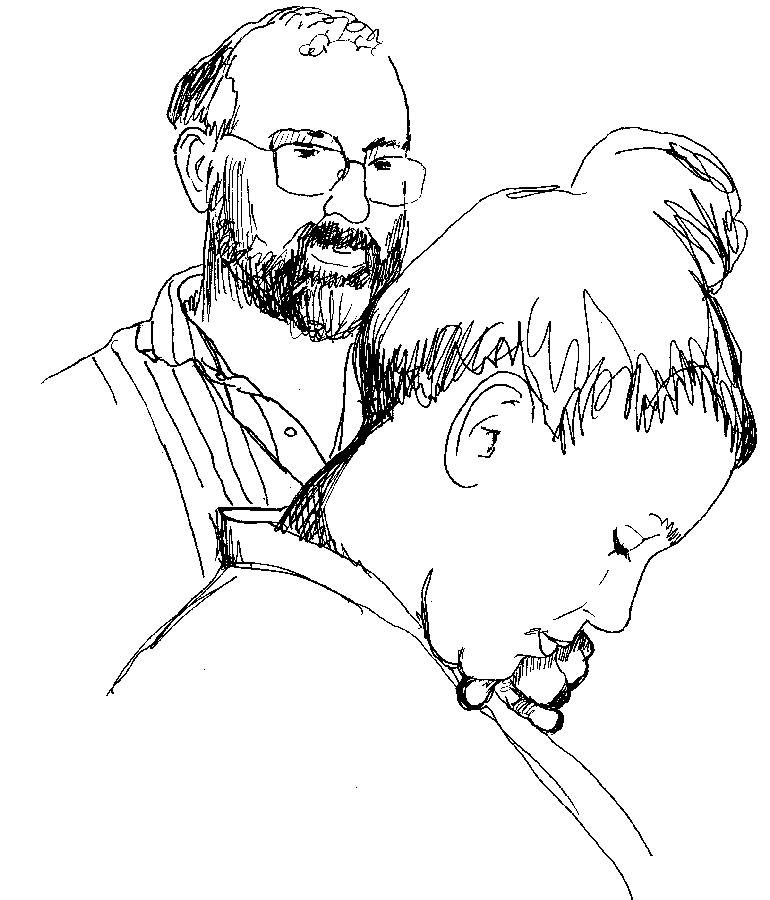sternocleidomastoid:
Origin:
It has 2 heads.one is the clavicular head and other is the sternal head.The sternal head is tendinous in origin and it arises from the suprolateral part of the front of manubrium sternum. Clavicular head is musculotendinous in origin and it arises from the medial one-third of the superior surface of the clavicle.Both the heads blend in the middle of the neck.


Insertion:
It is inserted into the mastoid process and also into the superior nuchal line.

Nerve supply:
1) Its receives its motor nerve supply from 11th cranial nerve ie., spinal part of accessory nerve.
2) Its receives its sensory nerve supply from C2,C3.

BLOOD SUPPLY:
Its receives its blood supply from superior thyroid artery, suprascapular artery, occipital artery.

actions:
1) when 1 muscles contract it turns the chin to the opposite side and it can tilt the head towards the shoulder.


2) when both muscles contractthey draw the head forwards,flex the neck against resistance.

RELATIONS:
It is enclosed by the investing layer of the deep cervical fascia and it is pierced by accessory nerve and blood vessels supplying the sternocleidomastoid.
superficial:
1)skin
2)superficial fascia and superficial lamina of the deep cervical fascia.
3)platysma
4)external jugular vein
5)great auricular,transverse or anterior cutaneous and medial supraclavicular nerve.
6)parotid gland.
DEEP:
1)mastoid process and sternoclavicular joint
2)carotid sheath
3)sternohyoid, sternothyroid,omohyoid,3 scalenei, levator scapulae,splenius capitis,longissmus capitis,posterior belly
of digastric muscle.
4)common carotid,internal carotid,external carotid, superior thyroid ,occipital, suprascapular, subclavian, transverse cervical artery.
5)internal jugular vein,anterior jugular vein, facial vein, lingual vein.
6)vagus ,accessory, cervical plexus, phrenic,ansa cervicalis.
7)deep cervaical lymph node.
APPLIED:
1)trails sign:
when the trachea is deviated to one side ,the clavicular head of ssternocleidomastoid of that side becomes prominent.This is because of its attachment to pretracheal fascia.
2)torticollis or wry neck:
it is a deformity in which the head is bent to one side and chin points to the other side.
types:
a)rheumatic torticollis
b)reflex torticollis
c)congenital torticollis and
d)spasmodic torticollis.
3)when the spinal part of acessory nerve is injured, sternocleidomasstoid and trapezius are paralysed. hence there is drooping of shoulder.
test to check its movements:
1)flex the head against resistance
2)turn the head against resistance